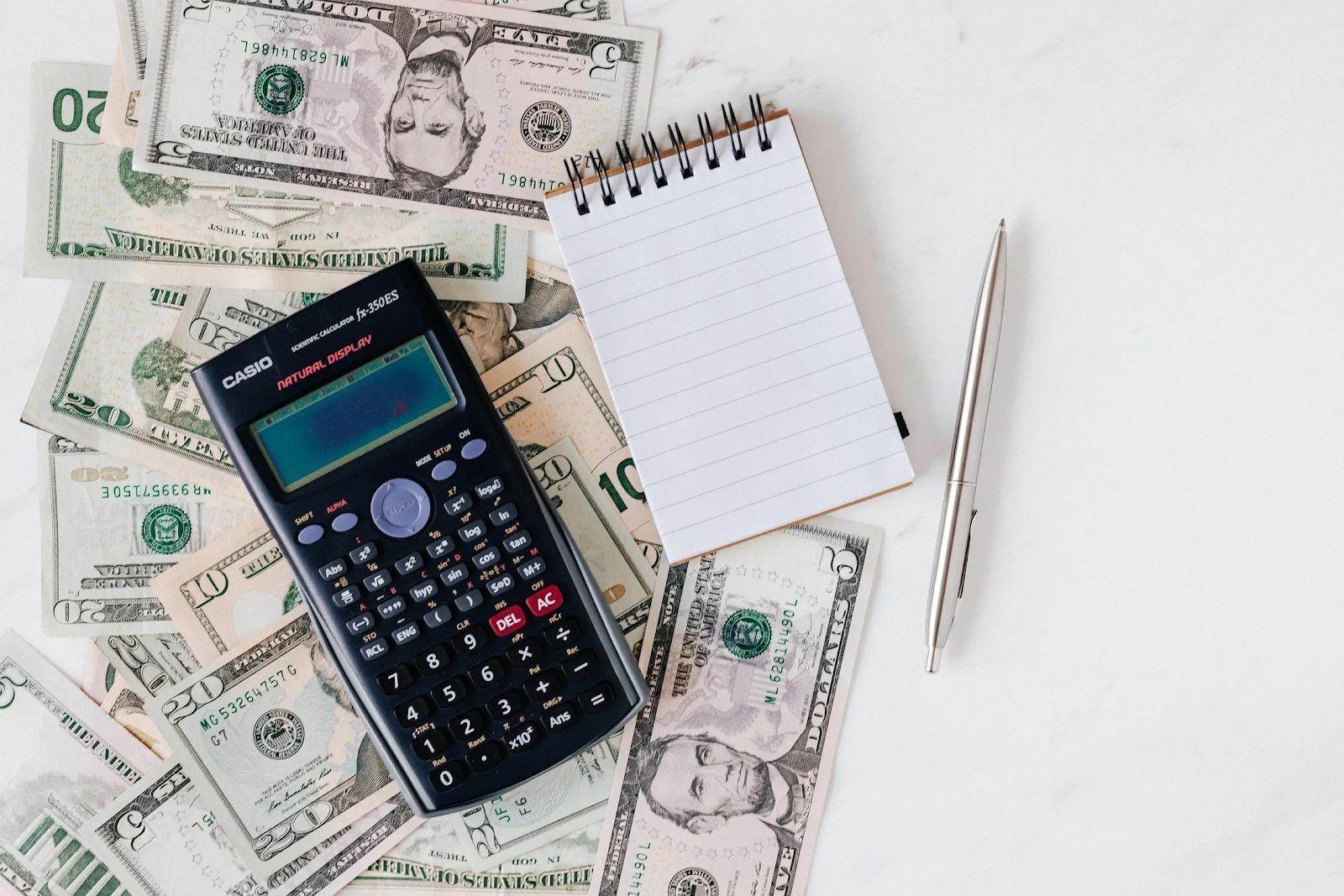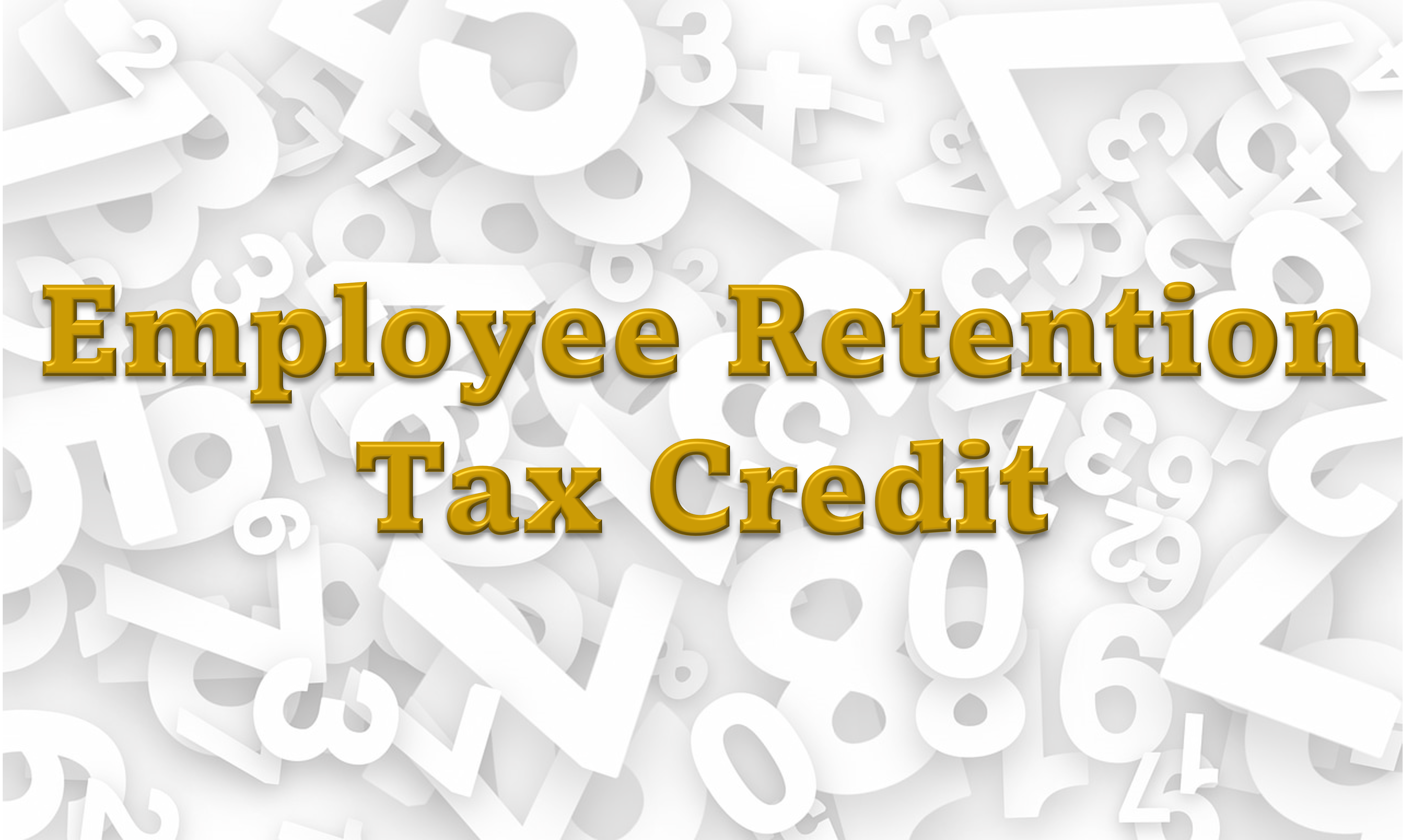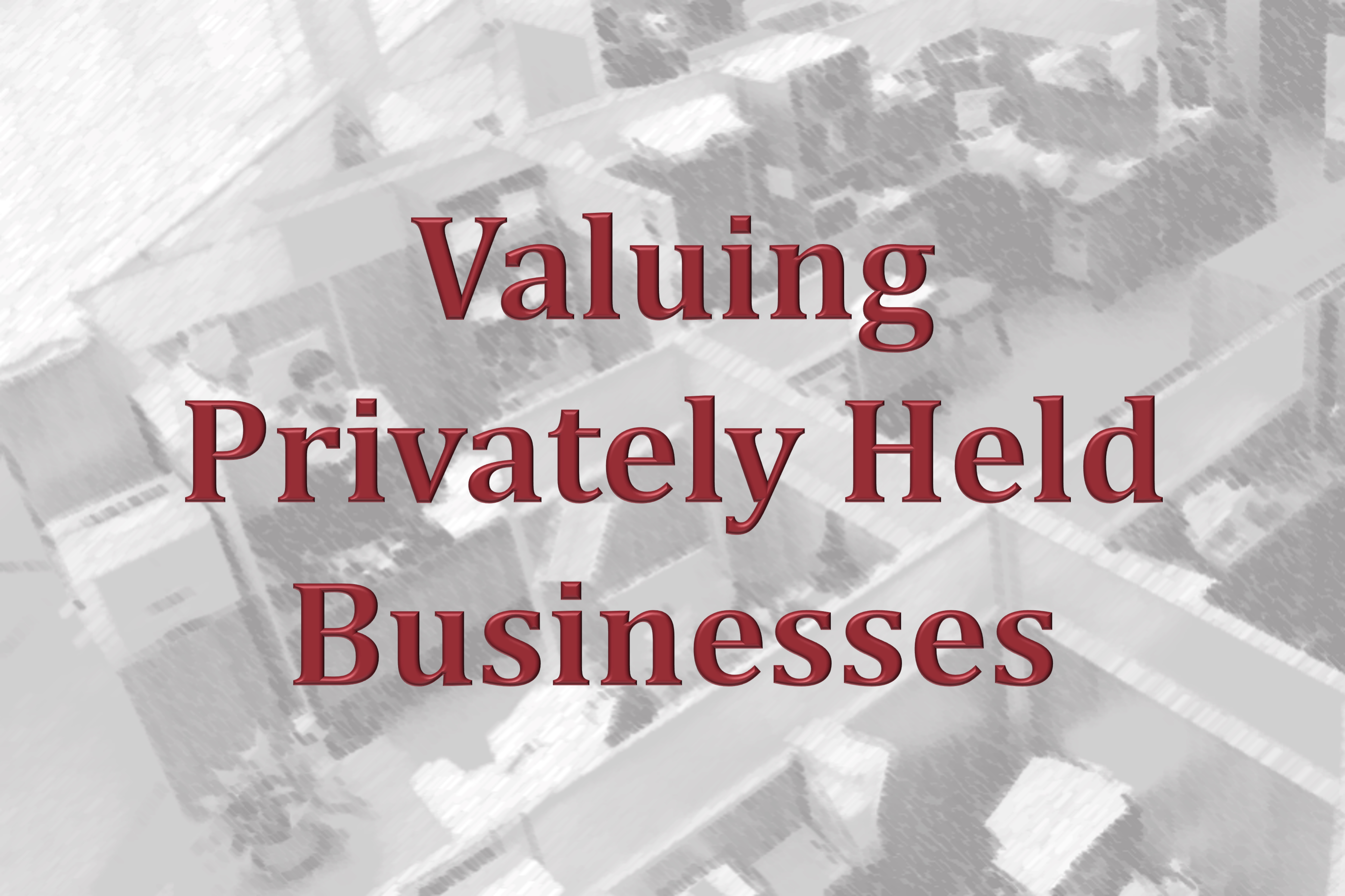Preferential payments are a more subtle method of asset concealment and require training and diligence to trace. A preferential payment occurs if a debtor makes a payment to a creditor, in which a creditor receives more than what they would be owed in the bankruptcy distribution.
Bankruptcy statutes of each state dictate who is paid and in what amounts. Evidence of a preferential payment is that the debtor does not make payments to similar antecedent debt holders.
All suspicious payments to vendors need to be investigated, to determine whether they fall into a category of payments that would allow the trustee to avoid them. The pattern of payments needs to be examined to determine if payments were made outside the ordinary course of business. For example, if payment to a vendor was made upon immediate receipt of the invoice by the bankrupt debtor, when ordinarily the invoices are paid in thirty days, such payments could be considered preferential payments. Related party loans need to be investigated as well.
The task of determining if a preferential payment has been made demands that the forensic accountant analyzes historical payments made from the debtor to suspect vendors. A&C experts can assist trustees, creditor committees and bankruptcy attorneys to track any potential suspicious payments in these categories to establish whether a preferential payment has taken place.
If you have questions regarding this topic, please reach out to us at (469) 467-4660, or info@ahujaclark.com.






